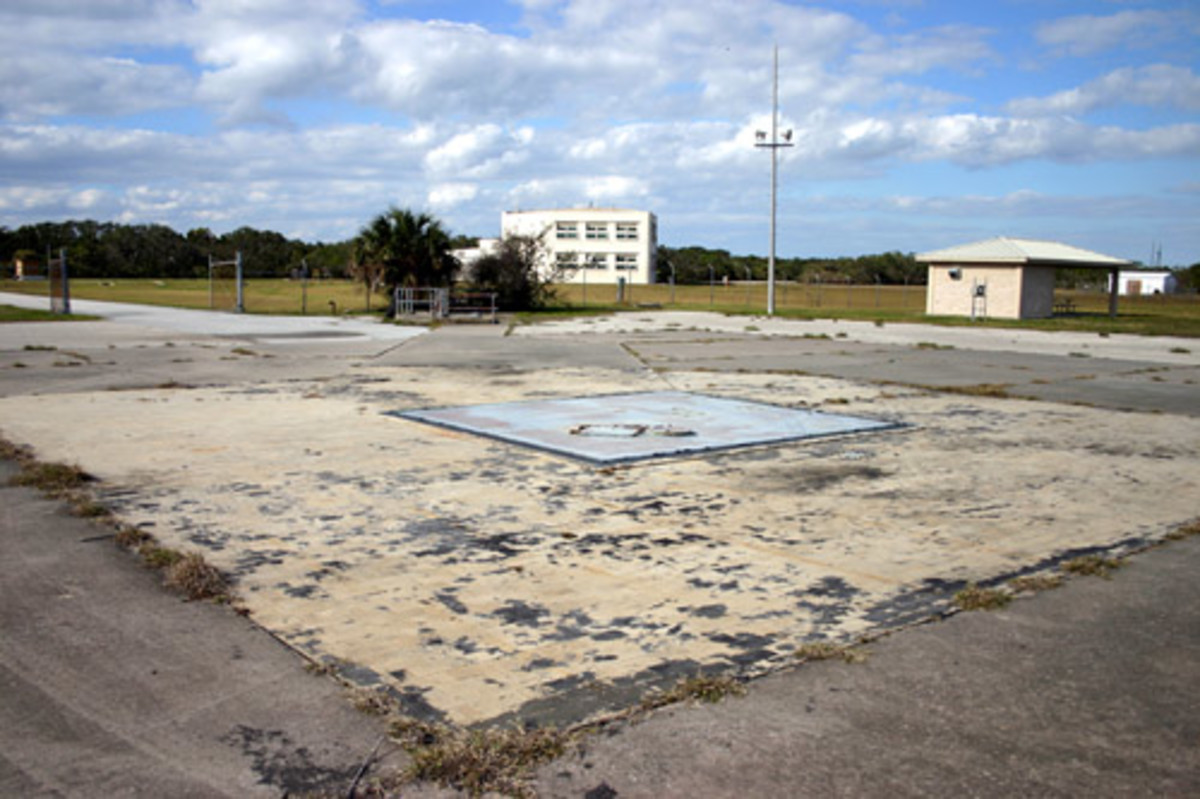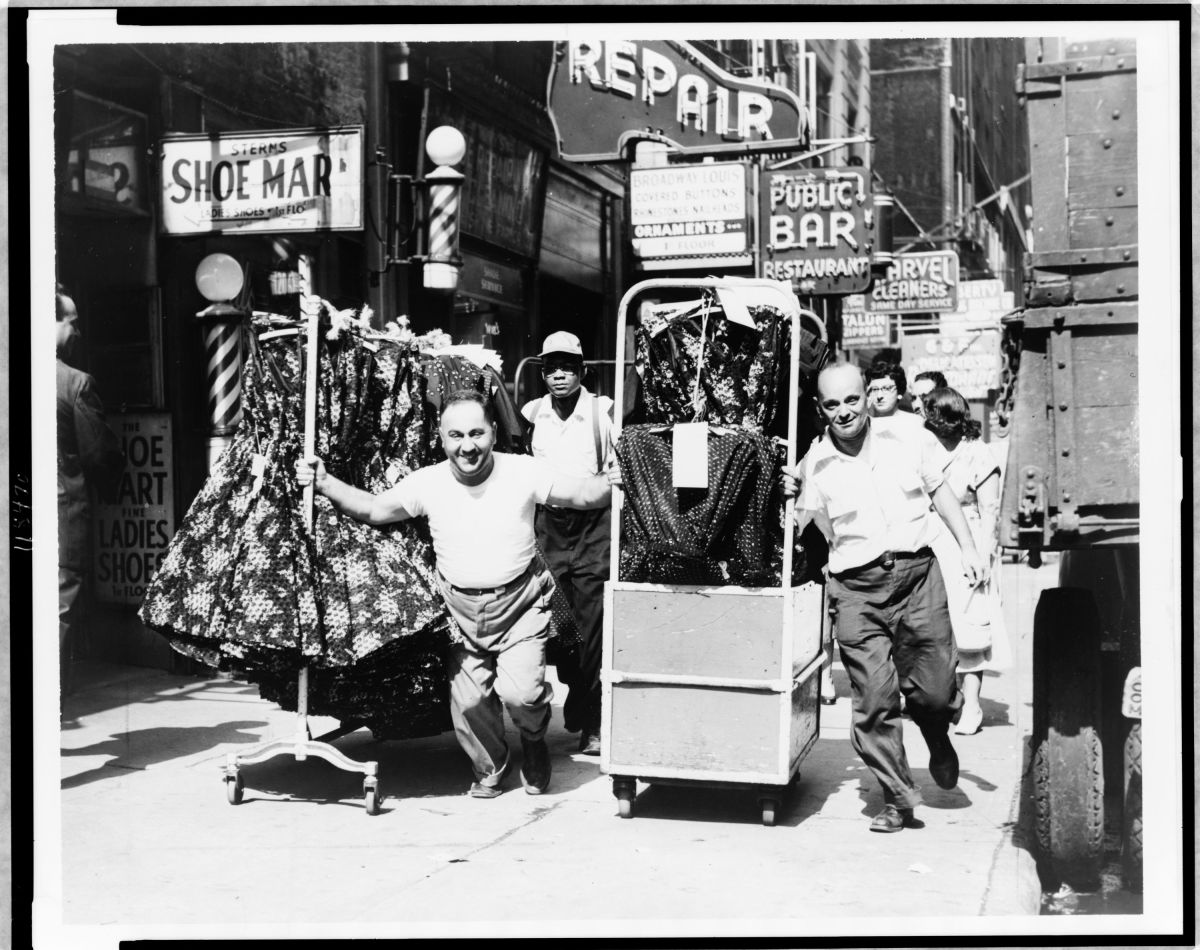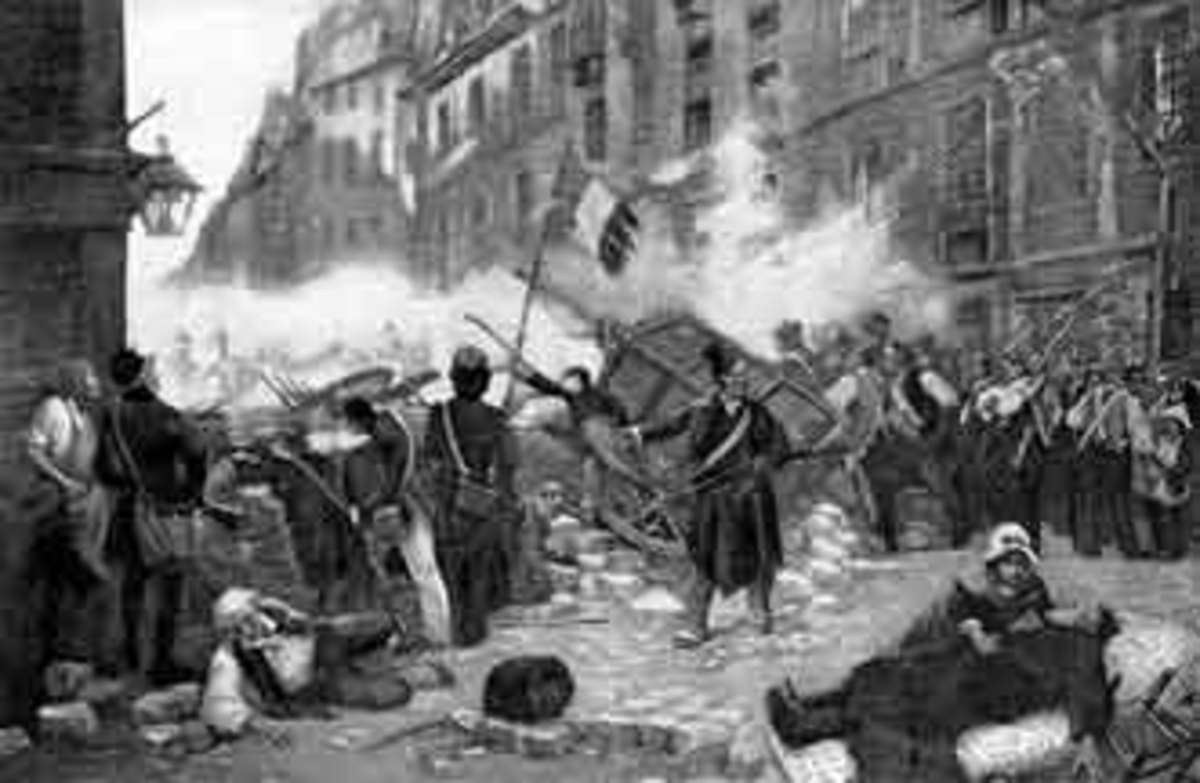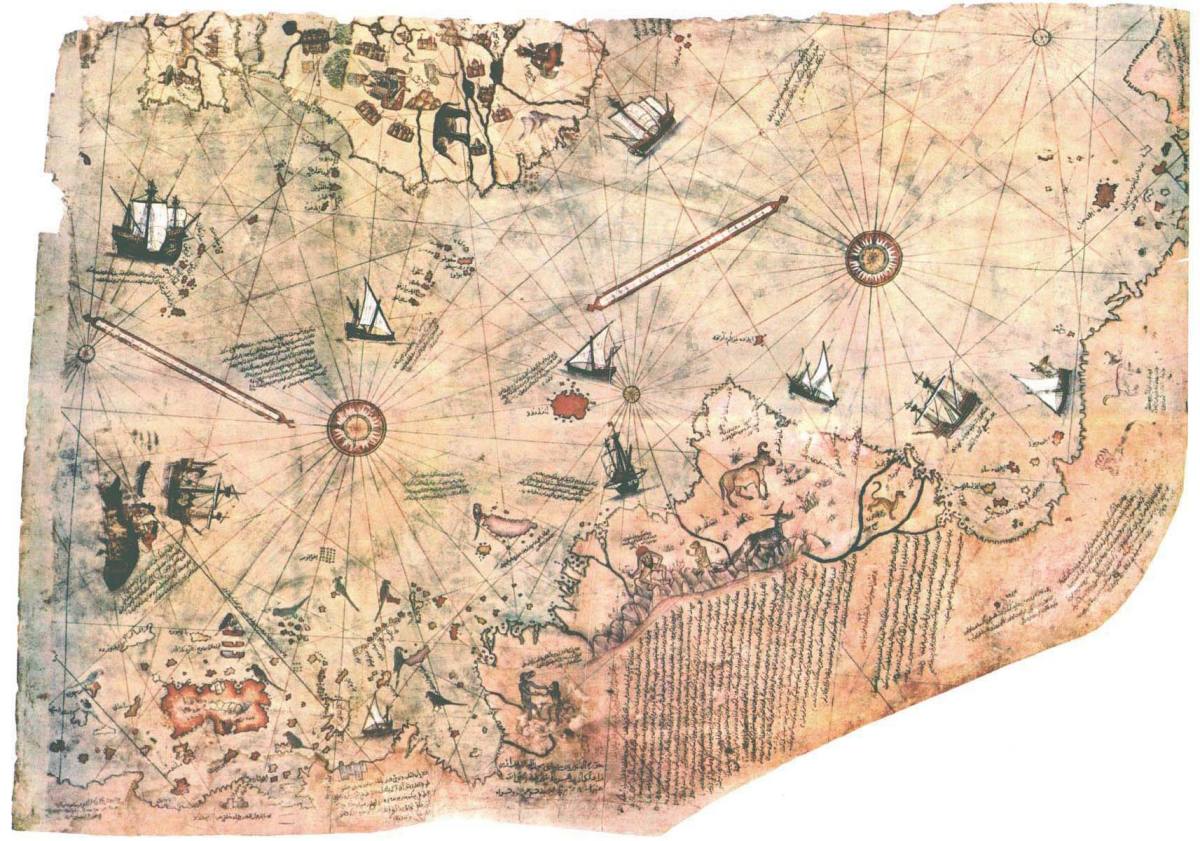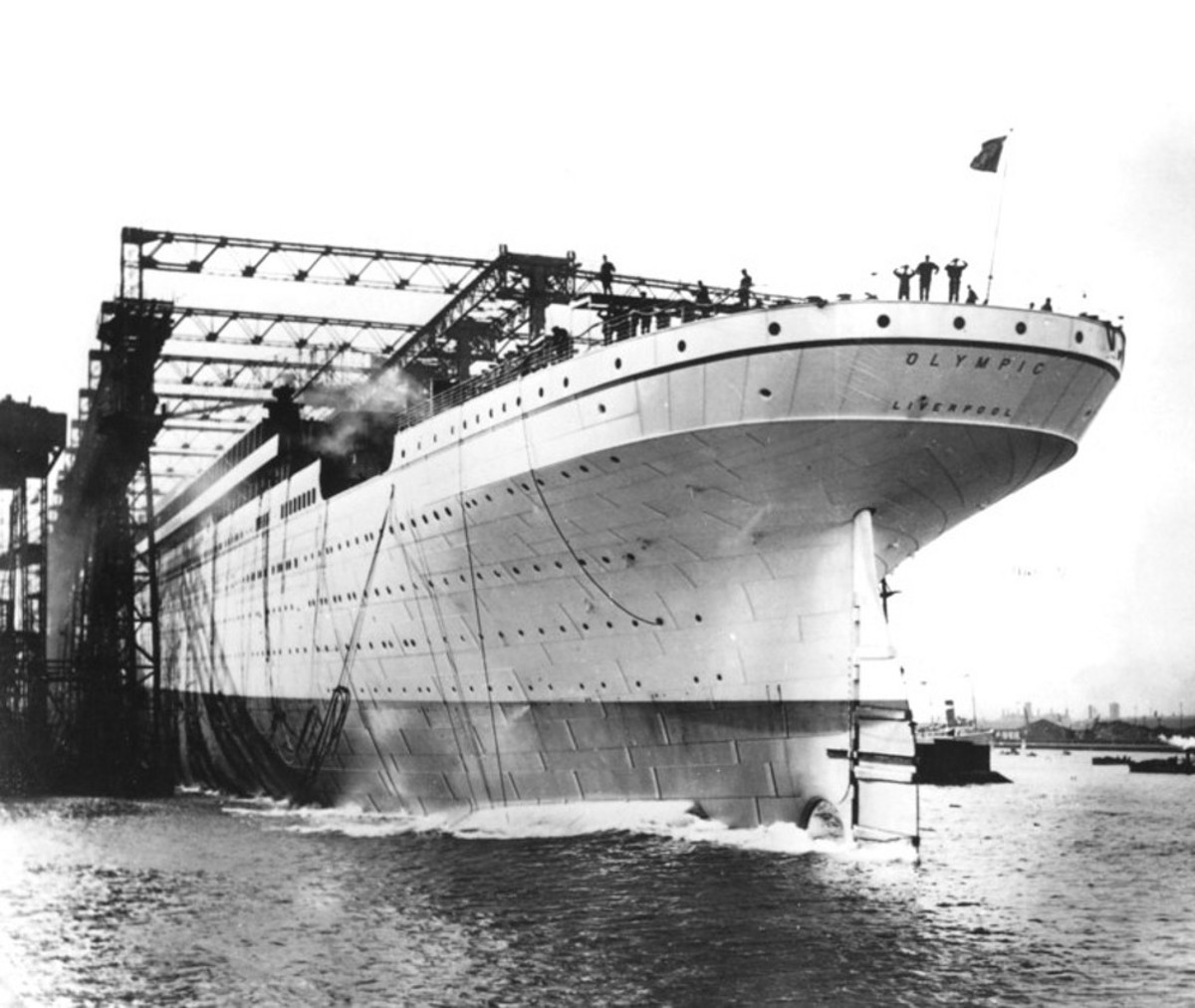Guns and politics – a short history of guns in assassinations

Changing history
“Assassination has never changed the history of the world,” Benjamin Disraeli, then Prime Minister of the United Kingdom, told the House of Commons after the assassination of US President Abraham Lincoln in 1865. Perhaps not up until then, but on 28 June 1914 Serbian nationalist Gavrilo Princip did his damnedest to prove Disraeli wrong.
On that day the 20-year-old Serb from the impoverished village of Obljaj, in Bosnia near Bosansko Grahovo, Bosnia and Herzegovina, part of the Austria-Hungarian Empire, shot and killed the Austrian Archduke Franz Ferdinand and his wife, Sophie, setting off a chain of events that would lead to the worst war in history to that time, World War I, one that had profound and long-lasting effects on the history of the world, Disraeli's comment notwithstanding.
Quite an achievement for a 20-year-old, but he stood in a long line of individuals who sought to solve political differences through the barrel of a gun. The line stretches back to Linlithgow in Scotland where, in January 1570 one James Hamilton of Bothwellhaugh, a supporter of Mary Queen of Scots shot and killed James Stewart, 1st Earl of Moray (pronounced "Murray"), the illegitimate son of King James V, who was at the time acting as Regent for his nephew, the infant King James VI of Scotland, making him the first ruler to be shot and killed.
Although assassinations have a very long history going back to the beginnings of recorded time, this Hub will be looking only at assassinations successfully achieved by guns.

Sex and violence - assassinations in history
“I am going to do a deed which will be remembered among our people for all generations,” said Judith to the elders of Israel, prefiguring by many centuries what seems to motivate many assassins to this day, the desire to be remembered for some great act.
Judith went to the camp of the Assyrians who were fighting a war against Israel under their general Holophernes. A beautiful woman, she set out to enchant the fearsome general with her feminine wiles until “Holophernes was beside himself with desire for her.”
Leading
him on, Judith made sure that Holophernes became, as the Bible says,
“dead drunk,” and was “lying sprawled on his bed,” when she
took his sword and cut off his head. The head was then concealed in a
bag and taken back to her hometown of Bethulia, where she showed it
to the people saying, “Praise God! O Praise him! Praise God, who
has not withdrawn his mercy from the house of Israel, but has crushed
our enemies by my hand this very night!” (Judith 13: 14; New English Bible,1970)
One is reminded of Kipling's “the female of the species is more deadly than the male.”
Shakespeare, who knew that sex and violence sells, also took up the theme of assassination, notably in his plays Julius Caesar and Macbeth.
India and China also have assassinations recorded in their early histories, for which there is no space here.


Religion and politics - early gun assassinations
As mentioned above, the first killing of a ruler by a gun was the assassination of the Earl of Moray by James Hamilton in 1570. Hamilton was a Catholic supporter of Mary who had been forced to abdicate in favour of her one-year-old son James in 1567.
Hamilton was the nephew of Archbishop John Hamilton of St Andrews, who seems to have had prior knowledge of the plan to kill Moray.
His plan to kill Moray was certainly not a spur of the moment thing. He had followed Moray around Scotland and parts of England for some time before he was suddenly presented with the opportunity at Linlithgow, where his uncle the Archbishop had a house.
For one just starting a new way of doing politics, Hamilton was very thorough in his preparations. He chose a spot in his uncle's house, a gallery overlooking the street which the Regent would take, put chicken feathers on the floor to deaden his footsteps and hung black cloth on the wall behind him to reduce the possibility of his shadow being seen. He obtained a carbine for greatest accuracy and a good horse on which to get away.
He shot as the Regent rode past on his horse, mortally wounding him. According to a contemporary account, “The Earl of Moray, the Good Regent, was slain in Linlithgow by James Hamilton of Bothwell-haugh, who shot the said Regent with a gun out at ane window, and presently thereafter fled out at the back, and leapt on a very good horse, which the Hamiltons had ready waiting for him; and, being followed speedily, after that spur and wand had failed him, he drew forth his dagger, and struck his horse behind; whilk causit the horse to leap a very broad stank; by whilk means he escaped.”
So was the first assassination by firearm accomplished.
The next known assassin was not so lucky - Balthasar Gérard shot and killed William the Silent on 10 July 1584, was captured almost immediately, tortured in the most horrible ways before being beheaded.
Gérard was at least in part motivated by his Catholic beliefs (William was a Protestant), but certainly also by the offer from his hero, Philip II of Spain, of a reward of 25,000 crowns to anyone who would kill William.
Once again politics and religion are mixed in the motivations of the assassins.




Later gun assassinations
In 1792 King Gustav III of Sweden was shot and killed by army officer Jacob Johan Anckarström at a masked ball at the Royal Opera in Stockholm, an incident immortalized in Verdi's opera Un ballo in maschera (although Verdi did change the location of the incident.).
Anckarström was tried and tortured before his execution in a manner reminiscent of the trial and torture of Gérard 200 years before.
The next notable assassination by gun was the killing of British Prime Minister Spencer Perceval in May 1812, the only assassination of a British Prime Minister ever.
Perceval was shot by a citizen unhappy about the lack of government concern for his losses in Russia, John Bellingham, in the lobby of the House of Commons.
Bellingham felt aggrieved at the perceived lack of concern for his plight on the part of the British Government and made this impassioned plea at his trial:
"Recollect, Gentlemen, what was my situation. Recollect that my family was ruined and myself destroyed, merely because it was Mr Perceval's pleasure that justice should not be granted; sheltering himself behind the imagined security of his station, and trampling upon law and right in the belief that no retribution could reach him. I demand only my right, and not a favour; I demand what is the birthright and privilege of every Englishman. Gentlemen, when a minister sets himself above the laws, as Mr Perceval did, he does it as his own personal risk. If this were not so, the mere will of the minister would become the law, and what would then become of your liberties? I trust that this serious lesson will operate as a warning to all future ministers, and that they will henceforth do the thing that is right, for if the upper ranks of society are permitted to act wrong with impunity, the inferior ramifications will soon become wholly corrupted. Gentlemen, my life is in your hands, I rely confidently in your justice."
Bellingham was publicly hanged in May 1812.
The next notable gun assassination was that of President Abraham Lincoln on 14 April 1865. Lincoln was the second US President an assassin had attempted to kill – the first was President Andrew Jackson in 1835, an attempt which failed due to the guns of the would-be assassin, Richard Lawrence, misfiring.
Lincoln's assassination reverberated around the world, as no other would until the assassination of John F. Kennedy almost 100 years later.
In between there had been two other assassinations of US Presidents - those of James A. Garfield in 1881 and William McKinley in 1901.
In 1896 the Shah of Persia, Nasser al-Din Shah Qajar, was assassinated by Mirza Reza Kermani. The revolver used by Kermani was so old and rusty that it was subsequently said that had the Shah been wearing a thick overcoat he would have survived.
This assassination would lead to the first modern democratic movement in the Middle East. Perhaps one assassination that had a good outcome?




The 20th Century - competing ideologies
枪杆子里面出政权
Every Communist must grasp the truth: Political power grows out of the barrel of a gun. - Chairman Mao Zedong: The Little Red Book (1964)
The 19th Century saw many revolts and repressions in Europe and Russia. Towards the end pf the century a crowd of unarmed citizens marched in protest on the royal palace of the King of Italy, Umberto I.
A force of military carabinieri commanded by General Fiorenzo Bava-Beccaris met the protesters and on his order fired into the crowd with muskets and cannons, leaving more than 90 people dead.
Umberto later decorated Bava-Beccaris for his "brave defense of the royal house". This was the spark which inflamed the feelings of Italian-American anarchist Gaetano Bresci against the King. Bresci became determined to kill Umberto and began actively to plan the assassination.
On 29 July 1900 Bresci became the first person to kill a reigning monarch and not be executed himself. He shot the King four times while the king was on an official visit to Monza. Bresci was tried and sent to prison for life - which in his case ws not a long time. He was found dead in his cell less than a year later - suicide or murder?
In her autobiography Emma Goldman had no doubt - "I knew what torture would be his lot in prison & I recalled the fearful treatment of Luccheni, a similar victim of the ruthless social struggle."
In July 1904 Nikolay Ivanovich Bobrikov the dictatorial Governor-General of Finland, representative of Tsar Nicholas II was shot and killed by Eugen Schauman in Helsinki. Schauman was a Finnish patriot bitterly opposed to Russian rule. His action still raises opposing views in Finland, though Finnish nationalists tend to regard him as a national hero.
From 1904 onwards the list of assassinations by guns gets very long and complicated. A partial list:
- Prince Itō Hirobumi, Japanese Prime Minister, killed in 1909
George I, King of Greece, killed in 1913
- Archduke Franz Ferdinand of Austria, killed in 1914, setting off the chain of events that led to the "Great War" of 1914 - 1918.
-
Jean Jaurès, French socialist leader, killed in 1914.
-
Gabriel Narutowicz, first President of Poland, killed in 1922.
-
Alexander I of Yugoslavia killed while on a visit to France in 1934.
-
US Senator Huey Long killed in 1935.
- Mohandas Karamchand Gandhi, political and spiritual leader of India, killed in 1948.
- Solomon West Ridgeway Dias Bandaranaike, Prime Minister of Sri Lanka in 1959.
-
African American activist and NAACP leader, Medgar Evers, killed in 1963.
- John Fitzgerald Kennedy, President of the United States, killed in November 1963.
- Malcolm X, also known as El-Hajj Malik El-Shabazz, Sunni Moslem leader and Civil Rights activist in the US, killed in 1965.
- The Reverend Martin Luther King, Civil Rights and religious leader, killed in 1968.
- Robert Francis Kennedy, Senator and Presidential candidate, killed in 1968.
-
Saudi King Faisal, killed in 1975.
- Sheikh Mujibur Rahman, President of Bangladesh, killed in 1975.
-
San Francisco Mayor George Moscone and Supervisor Harvey Milk, both killed at the same time in 1978.
- Leo Joseph Ryan, Jr., US Congressman, shot by Jonestown sect members, 1978.
- Park Chung-hee, president of South Korea, killed in 1979.
- Musician John Lennon, killed in 1980.
-
Egyptian President Anwar Al Sadat, killed in 1981.
- Lieutenant General Ziaur Rahman, President of Bangladesh, killed in 1981.
-
Philippine Senator Ninoy Aquino, killed in 1983.
- Indira Priyadarshini Gandhi, Prime Minister of India, killed in 1984.
-
Swedish Prime Minister Olof Palme, killed in 1986, possibly by agents of the South African apartheid regime.
-
South African Communist Party leader Chris Hani, killed in 1993, almost triggering a civil war.
- Luis Donaldo Colosio Murrieta, Mexican Presidential candidate, killed in 1994.
-
Israeli Prime Minister Yitzhak Rabin, killed in 1995.
- Members of the Nepalese Royal Family, including King Birendra, killed in 2001.
-
Dutch Election Candidate Pim Fortuyn, killed in 2002.
-
Serbian Prime Minister Zoran Đinđić, killed in 2003.
-
Russian journalist Anna Politkovskaya, killed in 2006.
-
Salmaan Taseer, 26th Governor of Punjab, killed in 2011.
This list of 33 gun-related assassinations is probably not complete, frightening though it is. There are other assassinations, such as that of Pakistani politician Benazir Bhutto, where the exact of cause of death is uncertain.
Guns and society
"It is a devastating reflection on our moral health that guns are not rarer than gold, and harder to find than peace in the present gun-infested misery of the world." - A.C. Grayling, in The Reason of Things, 2001.
It is manifestly easier for some people to try to resolve differences - ideological, racial, religious, class - by aiming a gun at someone, than by rational discussion, by voting, or using whatever other means there are for doing so. And there are in the modern world, many such means, admittedly of somewhat varying degrees of efficacy.
Almost every one of the 33 or so gun assassinations in the 20th and early 21st Centuries listed in this Hub has a disaffected individual and a heated ideological difference as part of its reality. Added into this is the relative ease of obtaining a firearm. Admittedly a few of these assassinations have been committed by people with legitimate access to a firearm, like a member of the military. But these are in the minority.
And if one adds into this list the huge number of people who have been killed by more-or-less psychologically damaged individuals in shootings at schools and sporting events, family murders and the like, the number of gun-related fatalities really should give us all pause.
The 20th Century was marked by unprecedented killings, in wars, in death camps, in massacres of all kinds. Dictators and authoritarian leaders of all stripes made use of death, of killing, as a way of sorting out political differences and attempting to gain the upper hand.
As Grayling reminds us, in the same book as quoted above, "A gun is a device expressly designed for killing things. It is a tube fitted with mechanisms engineered to project hard objects as forcefully as possible, the aim being to pierce and fatally damage the bodies of living creatures."
"It must be nice, therefore," Grayling continues, "to be an arms manufacturer. Investing in arms companies is like buying gilts, so secure are their sales, so bottomless the demand they satisfy; for conflict is in endless supply, given that men will always find reasons to hate and kill each other."
The life of an arms manufacturer must be a good one, says Grayling. They can "eat well, take pleasant holidays, and sleep contentedly, knowing that the money they make from selling ever more guns keeps them well away from the harm those guns do."
If insanity is, as one definition would have it, doing the same thing again and again and expecting different results, then advocating more guns, arguing for the easier availability of guns definitely falls into the category of insanity.
Copyright Notice
The text and all images on this page, unless otherwise indicated, are by Tony McGregor who hereby asserts his copyright on the material. Should you wish to use any of the text or images feel free to do so with proper attribution and, if possible, a link back to this page. Thank you.
© Tony McGregor 2011





